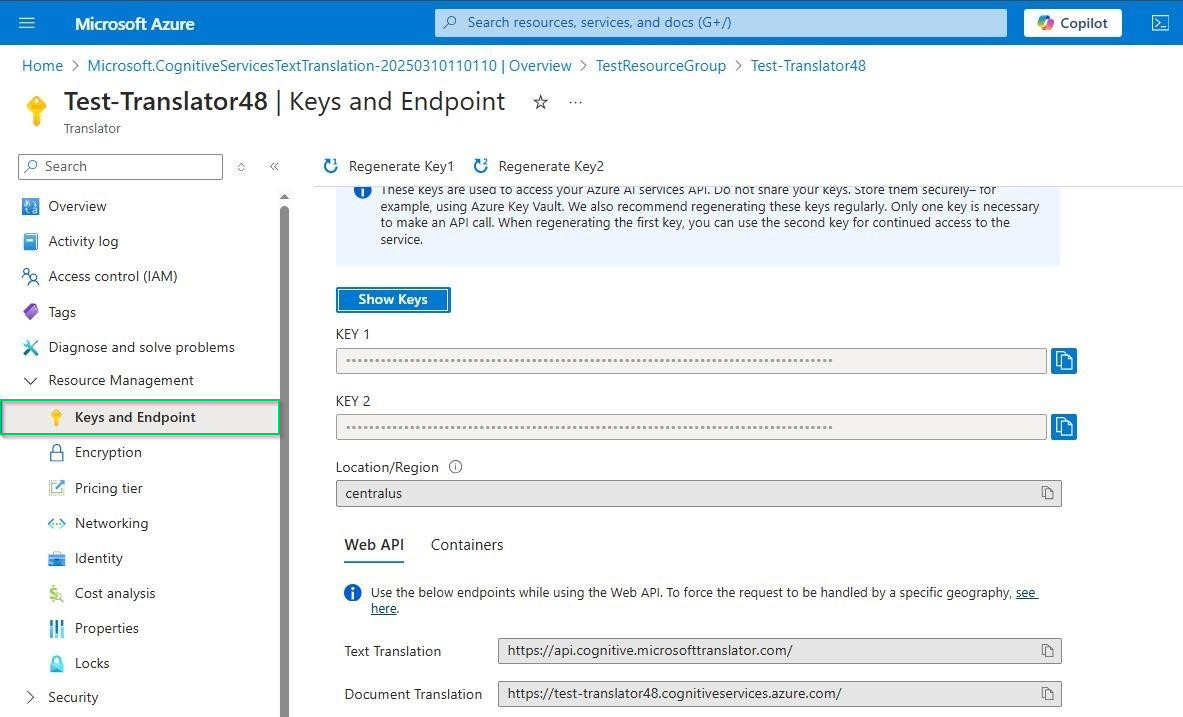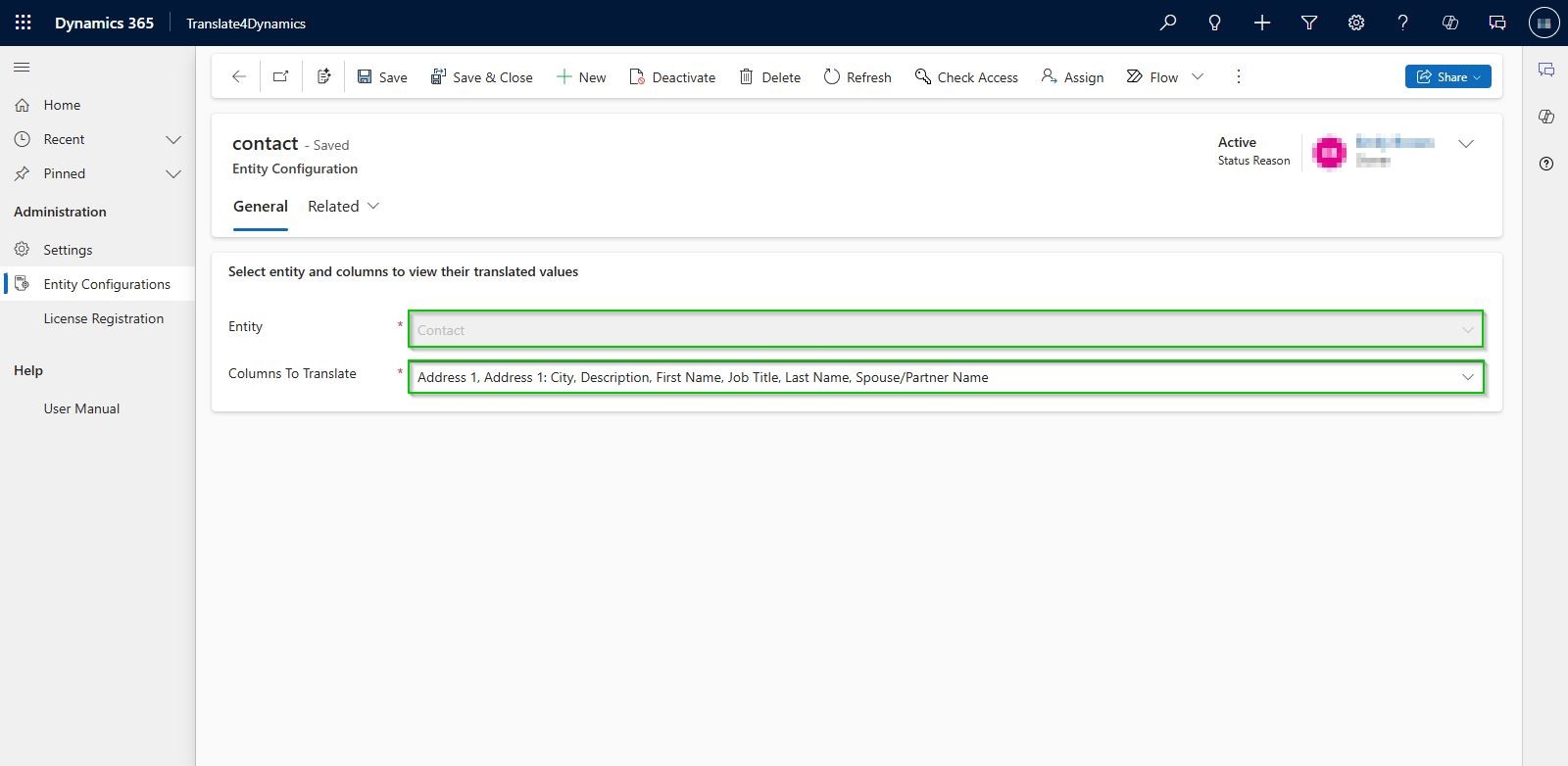How to Enable Real-Time Translation in Microsoft Dynamics 365 CRM
Did you know that 85% of customers prefer to interact in their native language?
If your team is using Microsoft Dynamics 365 CRM, enabling real-time translation isn’t just a nice-to-have; it’s a game-changer for global engagement, team productivity, and customer retention.
In this blog, we’ll walk you through how to enable real-time multilingual support in Dynamics CRM using Translate4Dynamics, an Azure AI-powered translation tool built specifically for Dynamics 365.
Whether you're a CRM admin or a business leader looking to scale internationally, this guide will show you how to eliminate language barriers in just a few steps.
What You Need Before You Start
Before diving into the setup, make sure you have the following:
- Access to your Azure Translator Resource
- Admin access to Translate4Dynamics in Microsoft Dynamics 365
- List of entities and fields you want to translate
Translate4Dynamics is powered by Azure AI Translator Services, ensuring fast, accurate, and secure translation across all your CRM data.
Step-by-Step: How to Enable Real-Time Translation in Dynamics 365 CRM
Step 1: Configure Azure Translator Settings
- Log in to your Azure Portal
- Navigate to Translator Resource
- Under Resource Management, go to Keys and Endpoint
- Copy the following:
- Key 1
- Location/Region
- Text Translation API Endpoint

These credentials allow Translate4Dynamics to securely access Azure's translation engine.
Step 2: Add Your Azure Details in Translate4Dynamics
- Open the Translate4Dynamics App in Dynamics CRM
- Go to Translate4Dynamics Settings
- Paste the Key, Location, and API Endpoint into the corresponding fields
- Save your changes
You’ve now connected Azure AI Translator to your CRM!
Step 3: Set Up Entity Configuration
Now it’s time to decide which CRM data you want to translate.
- Inside the Translate4Dynamics App, click on Entity Configuration

2. Click + New to create a new configuration
3. In the form:
- Select the Entity (e.g., Contacts, Leads, Opportunities)
- Choose the Columns/Fields you want to translate
- Save the configuration
Supported field types: String, OptionSet, Choice, Lookup, and Whole Number.
Step 4: View Translations in Real Time
Once configured:
- Open any CRM record in a supported entity
- Access the translation side-pane
- Instantly see the translated version of selected fields next to the original
Pro Tips for Getting the Most Out of Translate4Dynamics
- Start small: Test with a single entity and a few key fields
- Train your team: Show users how to access translations via the side-pane
- Use rich text translation: Maintain formatting even in multi-language environments
- Enable for global teams: Help sales, support, and marketing teams collaborate with ease
Business Benefits of Real-Time CRM Translation
Enabling real-time translation isn’t just about convenience; it's about business growth:

Frequently Asked Questions (FAQs)
- What languages does Translate4Dynamics support?
Translate4Dynamics supports all languages available via Azure Translator, over 100+ languages.
- Will it translate drop-downs and option sets?
Yes! Translate4Dynamics supports OptionSet, Lookup, Choice, String, and Whole Number fields.
- Is the translation instant?
Yes, translations are done in real-time and visible immediately in the side-pane.
- Can I choose which fields to translate?
Absolutely. The Entity Configuration feature gives you full control over which columns are included.
- Is the original data overwritten?
No, translations are shown alongside the original, your core CRM data remains untouched.
Final Thoughts: Don’t Let Language Limit Your CRM
With Translate4Dynamics, Microsoft Dynamics 365 becomes a truly multilingual CRM, empowering your teams and customers no matter where they are in the world.
Setting it up is easy, and the payoff is huge: better communication, improved efficiency, and a global-ready customer experience.
Ready to Translate Your CRM?
Try Translate4Dynamics with a 15-day free trial from our website or Microsoft AppSource.
Prefer a guided walkthrough? Email us at crm@inogic.com